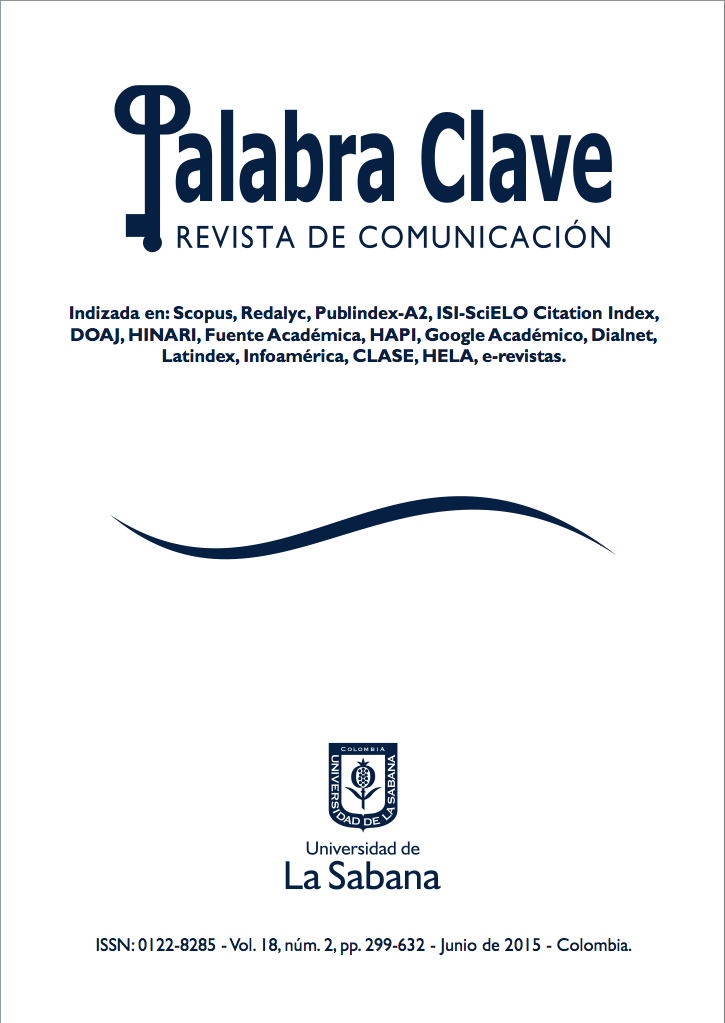The Impact of Digital Media on Brazilian TV: Ratings Drop and Higher Turnover
Keywords:
Research rating, television, new media, projection, advertising investment. (Source, Unesco Thesaurus).Abstract
The article discusses the Brazilian television rating between 2000 and 2013, during which the average rating of broadcast TV fell 28%. Through empirical research and statistical analysis, the aim of this study is to find the causes for the decline and target the audience behavioral tendencies for the coming years. The statistical comparison between this fall with increasing subscribers to cable television and the growth of access to broadband internet shows that there is migration open to public TV audience for these two media. The phenomenon is accentuated from 2006, when cable television began to grow on an average of 30% a year and the internet, 26%. The study also points out that, so far, the economic impact of this migration has been small for broadcasters. Recipes for the broadcasting companies increased in the said period, showing that the market has not yet absorbed the changes brought about by new communications technologies. As part of the methodology, the article also presents projections rating indexes for the next 14 years analyzing two different scenarios of the public's behavior and use of the two main communication technologies in the country. Thus, this article provides an updated understanding on the phenomena of rating migration between different media.Downloads
Download data is not yet available.
Published
2014-11-11
How to Cite
Becker, V., Gambaro, D., & Souza Filho, G. L. de. (2014). The Impact of Digital Media on Brazilian TV: Ratings Drop and Higher Turnover. Palabra Clave, 18(2). Retrieved from https://palabraclave.unisabana.edu.co/index.php/palabraclave/article/view/4753
Issue
Section
Articles
License
1. Proposed Policy for Journals That Offer Open Access
Authors who publish with this journal agree to the following terms:
- Authors retain copyright and grant the journal right of first publication with the work simultaneously licensed under a Creative Commons Attribution License that allows others to share the work with an acknowledgement of the work's authorship and initial publication in this journal.





